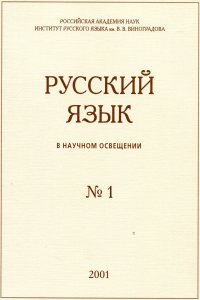Biclausal causal constructions in Pushkin’s texts
Abstract:
The paper is focused on the use of causal conjunctions in Pushkin’s writings, analyzed
against the background of texts written by his contemporaries and other authors. Based on
counts from the Russian National Corpus (www.ruscorpora.ru), the overall frequency of explicit
causal markers in Pushkin’s texts was found to be low (especially if compared to the
texts written by earlier authors). In terms of frequencies of individual causal markers Pushkin
was not an innovator. Moreover, Pushkin’s fiction prose displays somewhat archaic frequencies
of causal markers. Pushkin’s main innovation was a shift in the factors governing the rivalry
between distinct markers. In the earlier epochs, the choice of a conjunction was chiefly
driven by style and genre, e.g. prose and poetry had largely distinct systems. By contrast,
in Pushkin’s writings, genre restrictions notably loosened. Thus, Pushkin significantly contributed
to the creation of a unified standard language where the choice between competing
causal conjunctions is mainly determined by semantic and syntactic factors.


